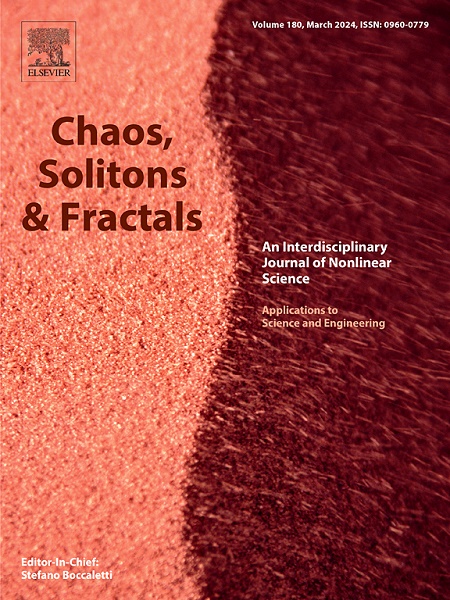Novel underwater acoustic signal denoising: Combined optimization secondary decomposition coupled with original component processing algorithms
IF 5.3
1区 数学
Q1 MATHEMATICS, INTERDISCIPLINARY APPLICATIONS
引用次数: 0
Abstract
Measurement and analysis of underwater acoustic signal (UAS), extensively applied in oceanic target identification and environmental monitoring, often confronts substantial noise in UAS, thereby posing significant challenge for subsequent signal processing task. For removing the noise in UAS, novel UAS denoising method based on combined optimization secondary decomposition is proposed. Firstly, improved successive variational mode decomposition with original variable step size decomposition model and secondary complete ensemble empirical mode decomposition with adaptive noise are proposed to effectively decomposing UAS. Secondly, agglomerative hierarchical clustering assisted by refined composite multi-scale dispersion entropy and original index operator is proposed to precisely classify each component into three groups-dominant information, mixed information and dominant noise by chaotic and complexity inherent. Ultimately, noise in dominant information and mixed information is eliminated by time domain screening and index operator, cross-modality maximum between-classes variance denoising algorithm is proposed to denoise effectively dominant noise component, and the final denoised signal is obtained through each group reconstruction. The proposed denoising method, when applied to four simulated signals, achieves SNR improvement ranging from 10 to 40 dB. Furthermore, its implementation on four measured signals results in smoother and more regular phase diagrams, and significant enhancement in signal quality.
求助全文
约1分钟内获得全文
求助全文
来源期刊

Chaos Solitons & Fractals
物理-数学跨学科应用
CiteScore
13.20
自引率
10.30%
发文量
1087
审稿时长
9 months
期刊介绍:
Chaos, Solitons & Fractals strives to establish itself as a premier journal in the interdisciplinary realm of Nonlinear Science, Non-equilibrium, and Complex Phenomena. It welcomes submissions covering a broad spectrum of topics within this field, including dynamics, non-equilibrium processes in physics, chemistry, and geophysics, complex matter and networks, mathematical models, computational biology, applications to quantum and mesoscopic phenomena, fluctuations and random processes, self-organization, and social phenomena.
 求助内容:
求助内容: 应助结果提醒方式:
应助结果提醒方式:


